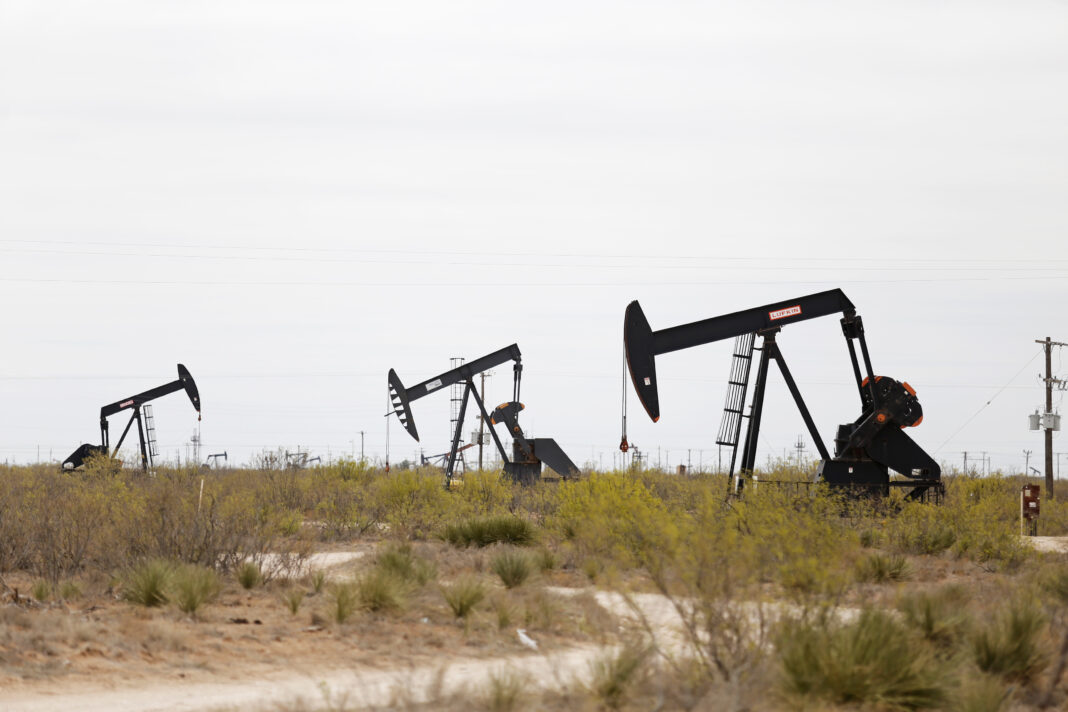Following peaks in the early summer two years ago, oilfield employment is slowly bouncing back from the chaos of the pandemic and the depressed oil and gas prices of last year.
Economist Ray Perryman, Permian Basin Petroleum Association Executive Vice President Stephen Robertson and Permian Basin Workforce Development Board CEO Willie Taylor say the coronavirus variant is creating uncertainty, but the improvement in oil and gas prices from the lows of 2020 is fueling increased activity and higher wages in the region.
“Employment in the total industry peaked in May 2019 at 57,179,” Perryman said. “The high point in oil and gas production employment alone came in July 2019 at 12,876 while oilfield services peaked in May at 44,427. There was some excess supply and prices were falling even before the pandemic.
“The overall decline between February and July 2020 was 32.7 percent and the trough came in July 2020 at 33,470.”
Through June this year, Perryman said, the recovery had brought a total of 38,249 workers while the mid-July rig count was up to 238 from 122 last August.
“Weekly wages in exploration and production fell by 48.2 percent when the pandemic hit, mostly because of fewer hours and less overtime,” he said. “They have since recovered by 23.3 percent, but remain well below prior levels.
“The 7.2 percent drop in wages for oilfield services has since been restored. Compensation in the region as a whole remains well below prior peaks, but is steadily improving. As an interesting perspective, total employment in the sector was only 13,000-15,000 each month prior to fracking.”
Robertson said well service companies continue to be under-staffed and truck drivers, as always, are in short supply. “Growth opportunities are out there, but it’s largely a situation that we have seen before when things start to pick back up,” he said.
“There is a gap between the jobs available and people available to fill those jobs. A lot of the well service companies I’ve spoken to would like to put more crews in the field because the work is there, but they don’t have the employees. There is an inventory of wells that have been drilled but are uncompleted. This is not the first time it has happened, but one of the larger areas is truck drivers.”
Robertson said this recovery is not comparable to previous bounce-back scenarios because the pandemic has skewed everything. “We’re not ramping up in the same way that we have in times past,” he said.
“There are outside forces like politics from Washington. There is definitely optimism, but it’s a different time than we have ever seen before.”
Taylor said service companies like Halliburton and Schlumberger have numerous openings along with manufacturers and other parts of the industry.
Depending on experience, he said, roustabouts are making $16-22 per hour, pumpers, $22-25, mechanics, $20-25, and truck drivers $18-25. “It’s a job-seeker market now because companies are having trouble finding skilled workers who want to go back to work,” Taylor said.
“They’re offering incentives and bonuses to try to get people.”
He said 23,000-25,000 people are still getting unemployment benefits in the area.




